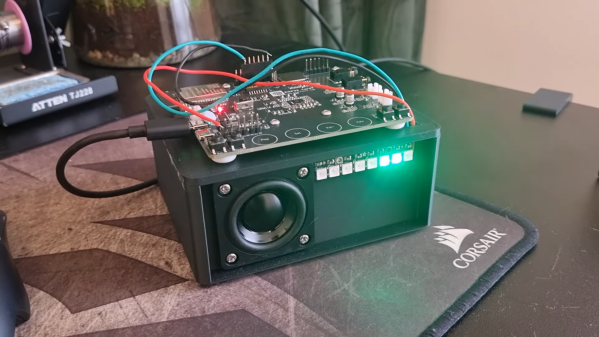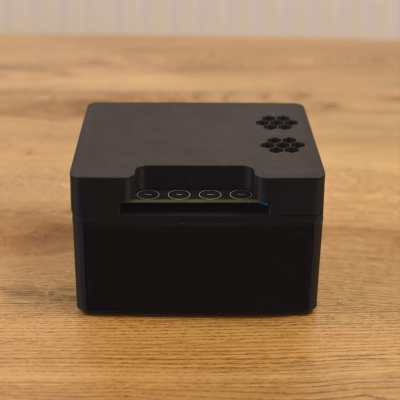How hard could it be to make a chicken coop door that can be configured to open and close automatically using a straightforward interface? That’s the question that [Jeff Sandberg] set out with, after three years of using a more basic off-the-shelf unit that offered no remote access nor a convenient user interface. The use case for [Jeff] was rather straightforward: the door would be open during the day and closed at night to keep the hens safely inside the coop.
The commercial solution offered an RTC-backed programmable interface as well as a light sensor, but the latter wasn’t always reliable in inclement weather and making simple changes to the programming when e.g. the hens had to stay inside a day due to work on the yard, was much more complicated than needed, plus had to be done on the spot. The new system would solve all these ills.
That said, the existing door mechanism was doing a fine job and could be kept. This just left making a new box with electronics to control it, starting with an ESP32C3 with the ESPHome firmware that is hooked into the local Home Assistant system, along with a motor to lift and lower the door and with magnetic contact sensors.
So far so easy. The hard part came with the installation, which involved trenching to the hen house for mains power, repairing the damage from this, and troubleshooting a power issue that turned out to be due to a dodgy power adapter. The payoff is that now the chicken coop is also part of the smart home and their owner never has to trudge through a soggy garden again to adjust the programming on a dim LC display with far too few buttons.











 The build is based on an ESP32 Lyrat development board. Unlike most devboards, this one has two 3 watt audio outputs and mics on board, making it perfect for a build like this one. The Lyrat was paired with some NeoPixel LEDs and a pair of Dayton Audio 1.5″ speakers to enable it to interact with the user both audibly and visually.
The build is based on an ESP32 Lyrat development board. Unlike most devboards, this one has two 3 watt audio outputs and mics on board, making it perfect for a build like this one. The Lyrat was paired with some NeoPixel LEDs and a pair of Dayton Audio 1.5″ speakers to enable it to interact with the user both audibly and visually.









